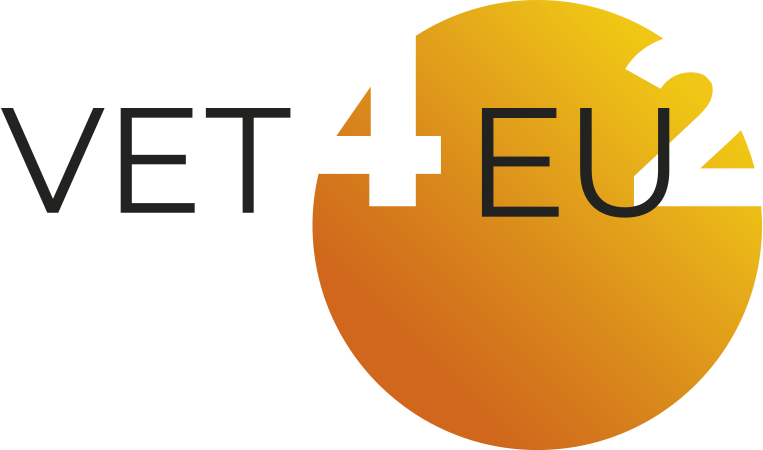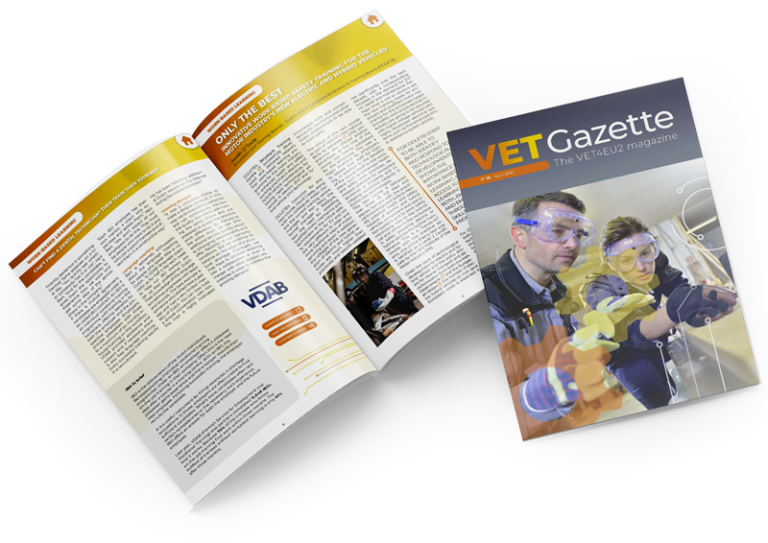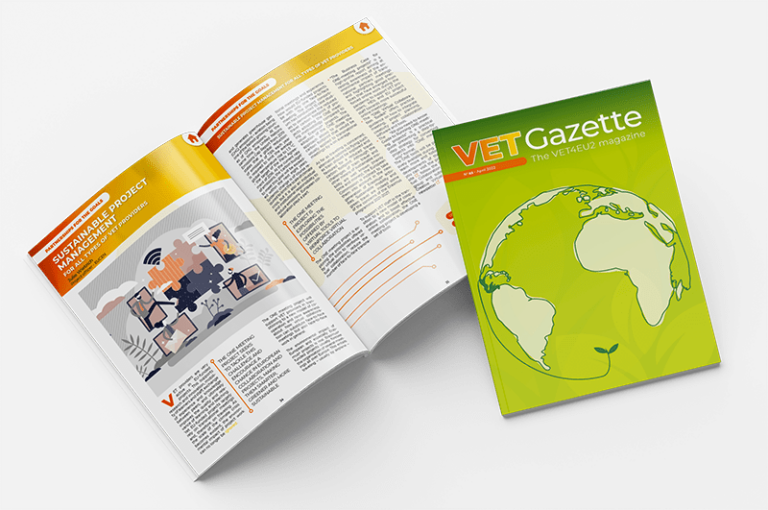The Covid pandemic unexpectedly imposed many challenging changes to Europe’s VET sector. Like the pandemic itself, these changes could not have been anticipated prior to the pandemic outbreak and thus VET providers were not able to prepare in advance. Many changes had to be implemented over the course of weeks if not days. However much we wish for the end of the pandemic and return of “better days”, it is reasonable to anticipate that changes brought about by the pandemic are here to stay. This article looks at the form, depth, and consequence of these changes as well as the capacity of VET providers to make these – now required – changes sustainable in regard to their technological and personal capacities.
ARE CHANGES IMPOSED ON VET DURING THE COVID PANDEMIC HERE TO STAY?
The pandemic had a three-fold effect on the VET sector. Firstly, VET providers were affected by disturbances in personal education, inability to provide group education and subsequent financing gaps. This economic halt put the VET sector under stress by putting great pressure on the maintenance of personal and technological VET infrastructure. Secondly, the fourth industrial revolution was contemporaneous with the Covid pandemic which exacerbated its effects. The VET sector must react to the increasing requirements on individuals to interact with technology, virtual environments, artificial intelligence and to the replacement of many human tasks by machines. Finally, because of geopolitical changes and disturbances in global supply chains, European industrial companies will relocate many of their research, development and manufacturing capacities back to the Europe, to which the VET sector must react.
What should be the response of VET sector?
A strategic response should be the acceleration of development of VET infrastructure across European countries. Proper instruments for maintaining personal and technological capacities should be implemented. A tactical response should be to eliminate burdens for further development of VET infrastructure, such as easier public procurement processes, accreditation of new programmes focused on innovation, further development of system of micro-qualifications and close attention to the needs of employers and industrial base to prepare a qualified workforce to increase the competitiveness of European industry. Finally, the individual should be the prime focus of the VET sector: by raising the awareness of necessity of further education and by raising the number of adults participating in lifelong learning programmes. Subsequently, any barriers for an individual to take part in education should be mitigated by developing new innovative models helping the individual to participate, such as online and virtual education.
ONLY CLOSE COOPERATION BETWEEN VET SECTOR AND EUROPEAN INDUSTRIES WILL ENSURE FAVOURABLE NUMBERS OF QUALIFIED EXPERTS.
VET infrastructure will play a crucial role in the intensifying geopolitical battle for future workplaces with higher added value – which will, at the same time, bring fairer and more gender-balanced conditions into the European labour market. Educational infrastructure in VET sector undergoing continuous personal and technological innovation will prepare enough qualified experts, necessary for the labour market to ensure the successful transfer of research, development and manufacturing capacities back to Europe. This will ensure not only sustainability of these investments, but also encourage innovation in VET infrastructure and allow the sector to react to changing conditions on the labour market. Only such close cooperation between the VET sector and European industries will ensure favourable numbers of qualified experts in the labour market. This will stimulate building of further research and development facilities on the continent and the competitiveness of European economy in the broader global context, thus ensuring the position of the European Union as a high productivity economy with workplaces of higher added value.
One of the instruments for stimulating these development trends in VET are the cooperation partnership projects such as OnlineVET implemented within the Erasmus+ programme across 3 European countries. This project is primarily focused on development of innovative e-Learning tools for practical vocational training in robotics and automation technologies. However, the added value of close cooperation of 4 European actors is in creating synergistic effects in further development of European VET infrastructure across the continent.








Responses